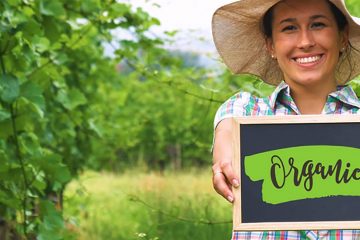We have often heard from wine professionals expressions as “the point of ripening of the grape” or “ripe grapes.” But how do you actually define the concept of “optimal ripening“?
To specify the optimum point in ripening of the grapes is difficult and, as various producers agree on this issue, it depends on the location of the vineyard and the wine style that needs to be produced.
In the past, to determine the degree of maturity of a grape it was enough to measure the sugar or sweetness of the grape. Today we take into account other factors such as the maturity of the seeds and skin, to avoid some unwanted amargores in wine. Actually, some producers take also into account the degree of maturity of the aromas.
It is important to bear in mind that, the three factors that determine the degree of ripening (sugar, seeds and skin), appear in different moments. In warm climates, for example, tannin maturity (which is mainly in the skin and seeds) manifests quite after the maturity of the sugar, which makes the degree of perception greater because of a decrease in acidity. As a result, many producers wait until the skins and the seeds are ripe for harvest.
As for the over-ripening (leave the cluster an extra time on the vine), it leads to wines with aromas of fruit compote and raisins, with a relatively low acidity. For some palates, these characteristics are especially required in the wine.


